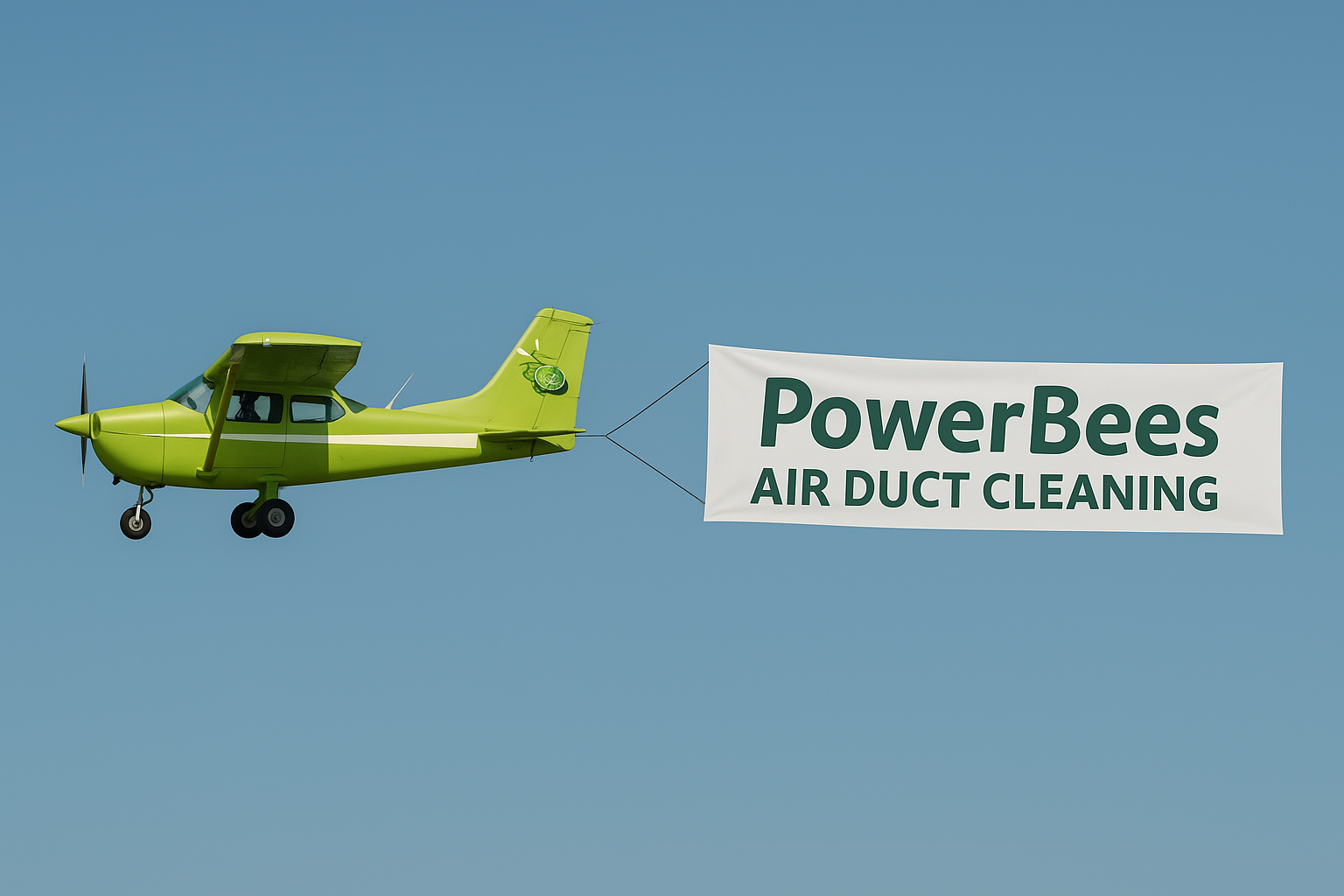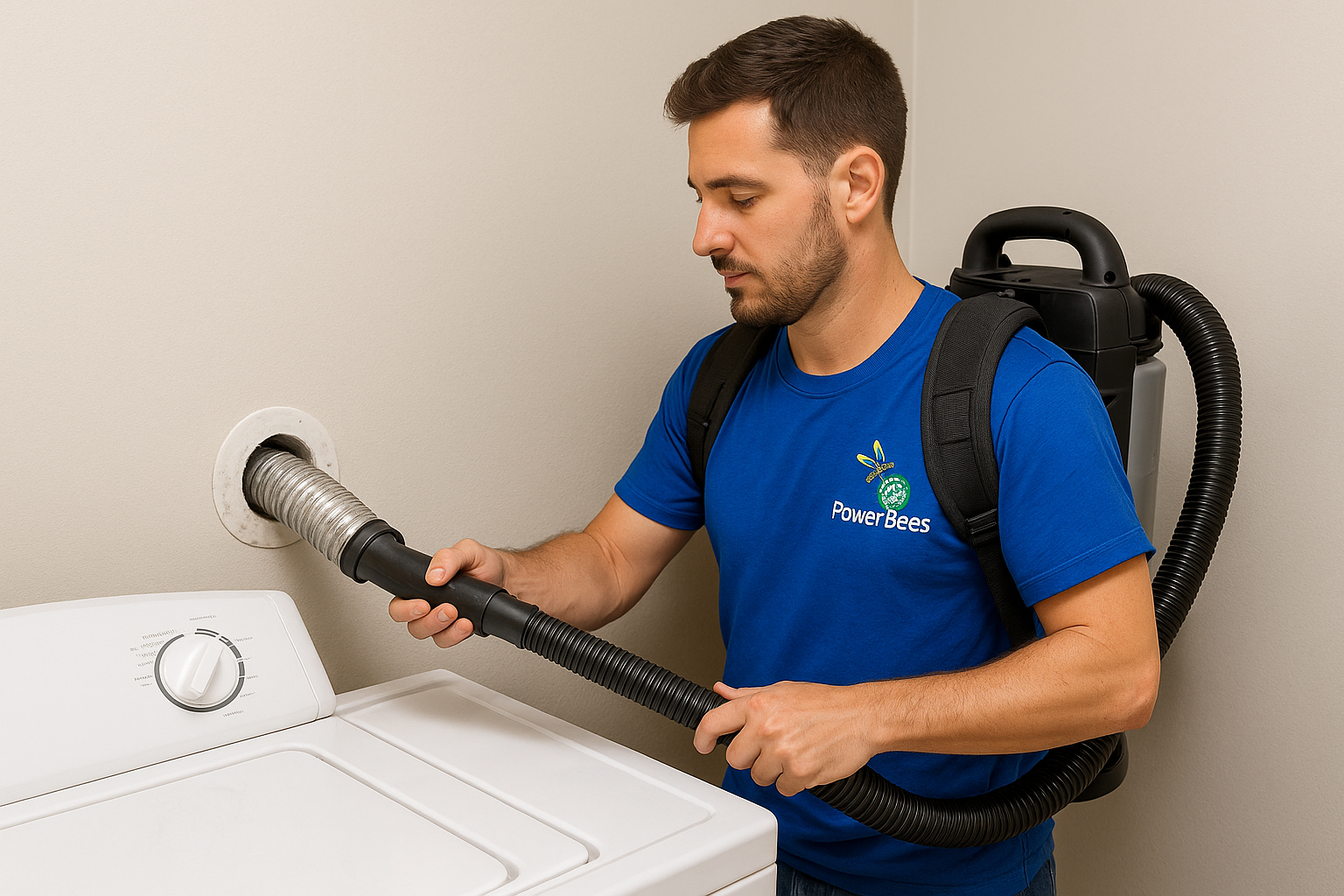WHAT ARE SPORES?
John Adams • September 13, 2016
Mold reproduces by way of spores, which are microscopic in size. Mold spores are measured in units called Microns. Generally, one of the smallest things someone with 20/20 vision can see is a raindrop, which is approximately 600 microns. Most mold spores range in size from 5-30 microns making them impossible to see with the human eye and easily moved through the air from even the smallest force. Wind, insects, human or animal movements can all move spores around a dwelling and they can easily pass through small cracks, window screens, and doorways. Mold spores can stay in the air for prolonged periods of time and will do so until appropriate conditions are found for reproduction.


















